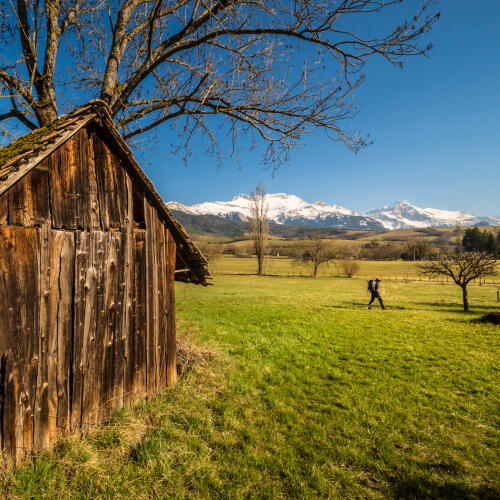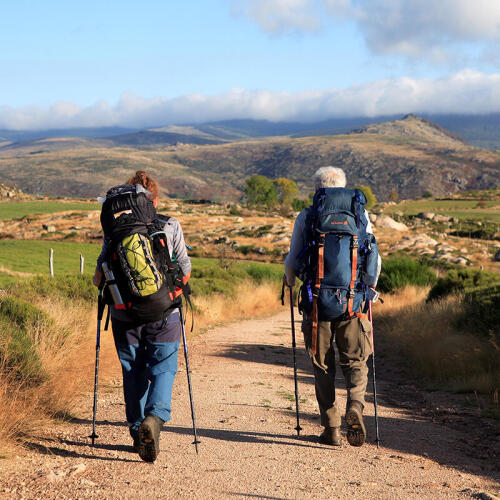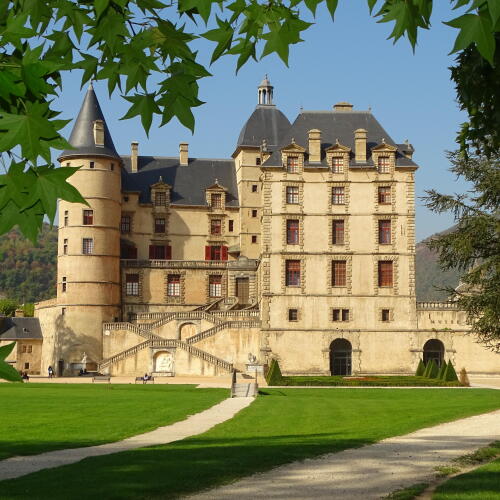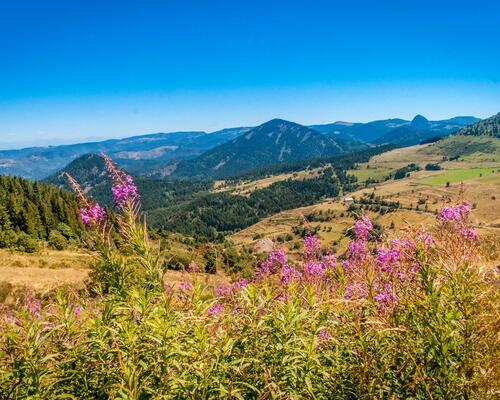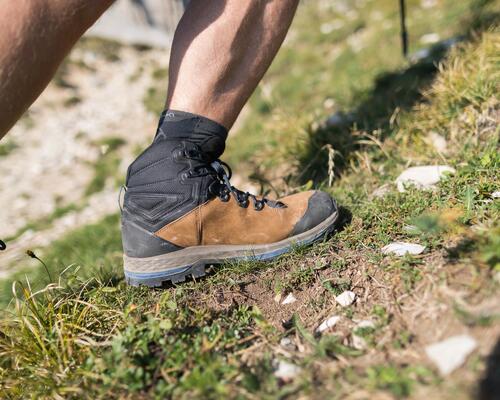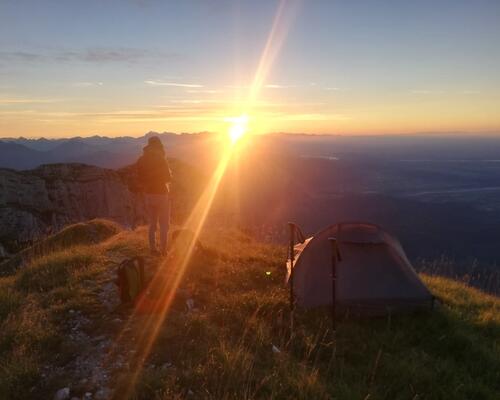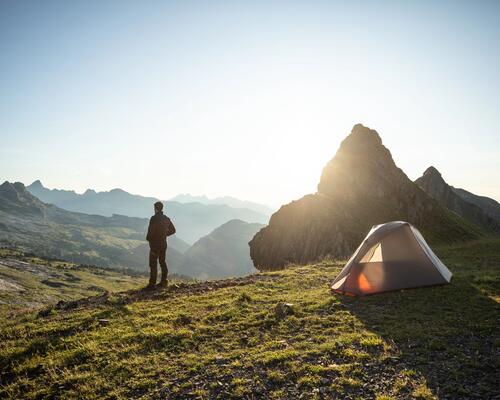Sylvain's itinerary on the GR®965
The Huguenots' trail (its "main" route called the GR®965), leaves from Poët Laval in the southern part of the Drôme region, 40 km south of Valence, and crosses over the département towards the north-west, before entering the south of the Vercors.
It continues in Isère through the Drac valley, then crosses the agglomeration of Grenoble, before ascending to the ridges of the Chartreuse.
In Savoie, it goes back down to the Lac du Bourget before running alongside the Rhône towards Lake Geneva and Geneva.
You can even continue through Switzerland, and on to Germany.







